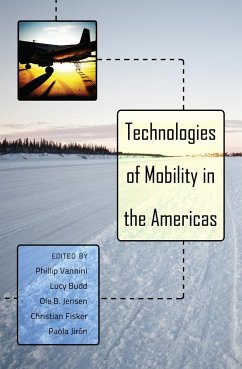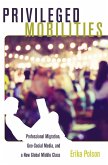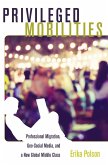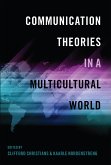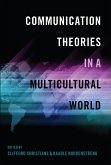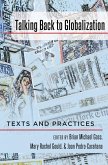What do road infrastructures, media networks, ferry boats, cell phones, automobiles, and airplanes have in common? As attempts to come to terms with the virtual and material distance separating people, objects, and information they are all technologies of mobility which deeply shape our ways of life, informing ideas, demanding new skills and practices, facilitating or impeding relationships, and restricting or enabling access to crucial resources.
Mobility studies concentrate on the intersecting movements of bodies, objects, capital, and signs across time-space, dissecting how practices, experiences, representations, and political dynamics shape new networks and lifeworlds. This book aims to reflect on the simultaneously technological and cultural (hence, technocultural) processes underpinning many of these forms of mobility, concentrating in particular in the North, Central, and South American social context.
Whereas in Europe the study of mobilities has begun to take a strong hold in academic units, professional research networks, and recognized publication outlets, the study of mobilities is still in its adolescence in the Americas. Yet, in contrast, mobility is very much part of the core of the social imaginary, geo-politics, and cultural life of the Americas. Indeed, to be «on the move» is among the most quintessential characteristics of what it means to be a citizen of the Americas. This book is the first to reflect on these dynamics within this large geo-cultural context.
Mobility studies concentrate on the intersecting movements of bodies, objects, capital, and signs across time-space, dissecting how practices, experiences, representations, and political dynamics shape new networks and lifeworlds. This book aims to reflect on the simultaneously technological and cultural (hence, technocultural) processes underpinning many of these forms of mobility, concentrating in particular in the North, Central, and South American social context.
Whereas in Europe the study of mobilities has begun to take a strong hold in academic units, professional research networks, and recognized publication outlets, the study of mobilities is still in its adolescence in the Americas. Yet, in contrast, mobility is very much part of the core of the social imaginary, geo-politics, and cultural life of the Americas. Indeed, to be «on the move» is among the most quintessential characteristics of what it means to be a citizen of the Americas. This book is the first to reflect on these dynamics within this large geo-cultural context.

